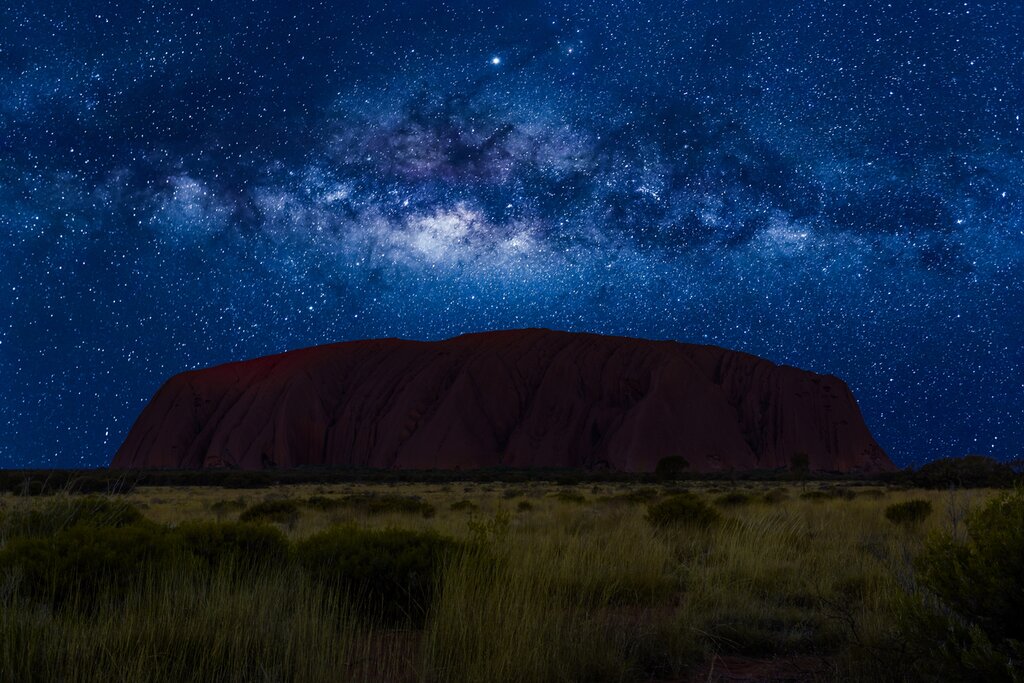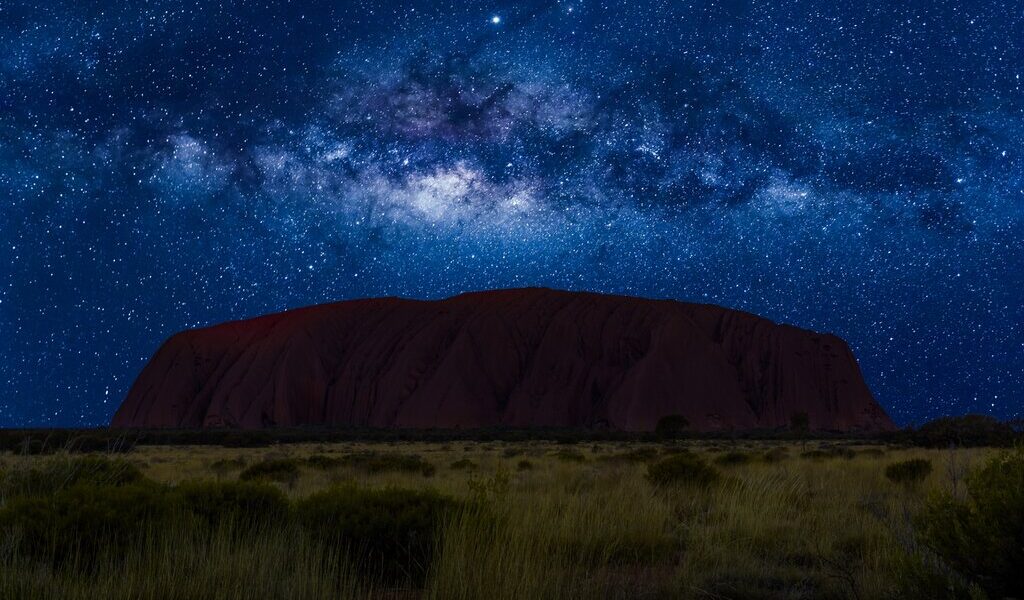
August is the last month of winter in much of Australia and the middle of the dry season in the tropical north. Temperatures slowly increase from the lows of July, but conditions are generally good in most places for all sorts of activities. Whether you want to ski, laze on a beach, browse city museums, or road trip across the country, it’s all possible in August.
## Australia in August: A Comprehensive Travel Guide
August in Australia presents a diverse range of travel experiences, influenced by the country’s vast geography and varied climate. From the balmy tropics of the north to the cooler climes of the south, August offers something for every traveler. Understanding the weather patterns, crowd levels, and available activities will help you plan the perfect Australian adventure.
**Weather Across the Continent**
Analyzing historical weather data indicates that August temperatures tend to be marginally higher than those in July across much of the country. However, it’s important to note that wintry conditions still prevail throughout the southern regions. Even in areas like the outback towns that experience pleasant daytime warmth, evenings can bring a significant drop in temperature, requiring careful packing.
The major cities in the south, including **Melbourne**, **Adelaide**, **Canberra**, and **Hobart**, can experience considerable cold during August. Packing a warm coat and layering options is highly recommended for travelers visiting these destinations. **Canberra** frequently experiences overnight temperatures falling below 32°F (0°C), with daytime highs struggling to reach 53°F (12°C). While **Melbourne** and **Adelaide** generally experience slightly milder conditions, with average highs in the high 50s Fahrenheit, nighttime temperatures remain cool.
Despite their relatively southern location, coastal cities like **Sydney** and **Perth** enjoy comparatively milder weather in August. Daytime highs in these areas hover around 65°F (18°C). In contrast, desert destinations such as **Alice Springs** or **Uluru** offer pleasantly warm daytime temperatures, reaching approximately 71°F (22°C). However, it’s crucial to remember that temperatures plummet considerably after sunset in these arid regions. Regarding rainfall, **Sydney** typically experiences minimal precipitation, although occasional showers are still possible. Conversely, **Perth** tends to be quite wet in August, as the drier months in southern **Western Australia** are concentrated during spring and summer. Other major southern cities, including Melbourne, Adelaide, Canberra, and Hobart, typically experience much drier conditions in August, with significantly less rainfall.
The northern regions of Australia experience virtually no rainfall during August. The tropical dry season extends from May to October, ensuring comfortable travel conditions. **Darwin** remains consistently hot, boasting average highs of 87°F (31°C) and lows of 68°F (20°C). The absence of rain and comfortably low humidity make Darwin an attractive destination. Towns in **Northern Queensland** are slightly cooler than those in the **Northern Territory**, yet still offer warm weather. **Townsville**, for example, experiences average highs of 78°F (26°C) in August. With minimal rainfall, August presents an ideal opportunity to explore the northern parts of Australia.
Moving south, **Brisbane** and the **Gold Coast** in southern Queensland offer a sub-tropical climate. While not as hot as the far north, temperatures remain pleasant and sunny in August. Expect highs of around 70°F (21°C) in Brisbane, with minimal rainfall.
**Crowd Levels and Travel Costs**
August falls within the peak tourist season for the tropical north of Australia, while the south experiences lower tourist numbers. It is often possible to secure cheaper flights to Australia during the winter months compared to other periods. However, this price advantage may not necessarily extend to domestic flights within Australia. If your travel itinerary involves arriving in a southern city like **Sydney** before heading north, it is highly advisable to book flights to northern destinations well in advance.
Accommodation costs, particularly in popular northern destinations such as the **Whitsundays**, tend to be higher during August due to increased demand. However, accommodation in the south is generally more affordable at this time of year. Many Australians from the southern states seek to escape the winter chill by travelling north, contributing to a higher number of domestic tourists alongside international visitors.
**Destination Recommendations**
Australia offers a diverse array of experiences to suit every traveler’s preferences, regardless of the time of year. For those seeking hot weather and beachside relaxation, northern Queensland and northern Western Australia are excellent choices. Consider visiting destinations such as **Broome**, **Port Douglas**, or the **Whitsundays**. If you are interested in exploring the outback and its breathtaking national parks, such as **Kakadu** or **Litchfield**, the Northern Territory is a must-visit destination. Alternatively, for skiing enthusiasts or those who enjoy colder climates, the mountains in southern **New South Wales**, the **Australian Capital Territory** (specifically **Canberra**), **Victoria**, and **Tasmania** offer suitable opportunities. For city sightseeing and indoor activities such as visiting galleries, museums, and indulging in fine dining, consider exploring **Melbourne**, **Sydney**, **Brisbane**, and **Adelaide**.
**Suggested Activities**
August is an opportune time to embark on a long, cross-country road trip, as the risk of extreme desert heat or flooded roads in the tropics is minimal. Starting in Adelaide, you could journey west to Perth or head north through Uluru and Alice Springs towards Darwin, providing a comprehensive experience of South Australia, Western Australia, and the Northern Territory. Alternatively, commence your journey in Brisbane and traverse northwest through the Queensland outback towards Uluru or Darwin. Other scenic road trips, such as along the Queensland coast between Brisbane and **Cairns**, or at least a portion of that route, are also highly recommended.
While Australia may not boast towering mountains, its southeastern region and Tasmania offer decent skiing opportunities above 5,000 feet (1,500 m). Ski resorts in Tasmania, New South Wales, Victoria, and the ACT typically operate from mid-June to early October.
If relaxing on a pristine beach is your priority, consider visiting northern Western Australia or northern Queensland. The Whitsundays and Port Douglas are popular choices in Queensland, while Western Australia offers a more remote and secluded experience. Although the risk of encountering deadly jellyfish is reduced during this period, it is always essential to check local conditions before entering the water.
**Featured Events in August**
**Sports Competitions:** Australians are passionate about sports of all kinds, and winter is the season for rugby union, rugby league, and Australian rules football. Sports enthusiasts are encouraged to attend a local game to immerse themselves in Australia’s sporting culture. Additionally, keen runners can participate in Sydney’s City2Surf run, held annually on the second Sunday in August. Participants can enter the 8.5-mile (14-km) race competitively or simply for enjoyment.
**Inspirational Itineraries**
Consider these enriching options as you contemplate how to best spend your vacation in Australia: The tropical region of Northern Queensland, including **Hamilton Island**, **Port Douglas**, **Cairns**, and adjacent locales, is readily accessible with a seven-day tour during the dry season. Combine outdoor activities with relaxation for a rewarding experience. Alternatively, consider a self-drive tour across 20 days, which allows you to explore the East Coast of Australia at your own pace while doing a circuit of the southeast, east coast, and central Australia.
With careful planning, August can be a wonderful time to discover the many landscapes of Australia.
B-103

